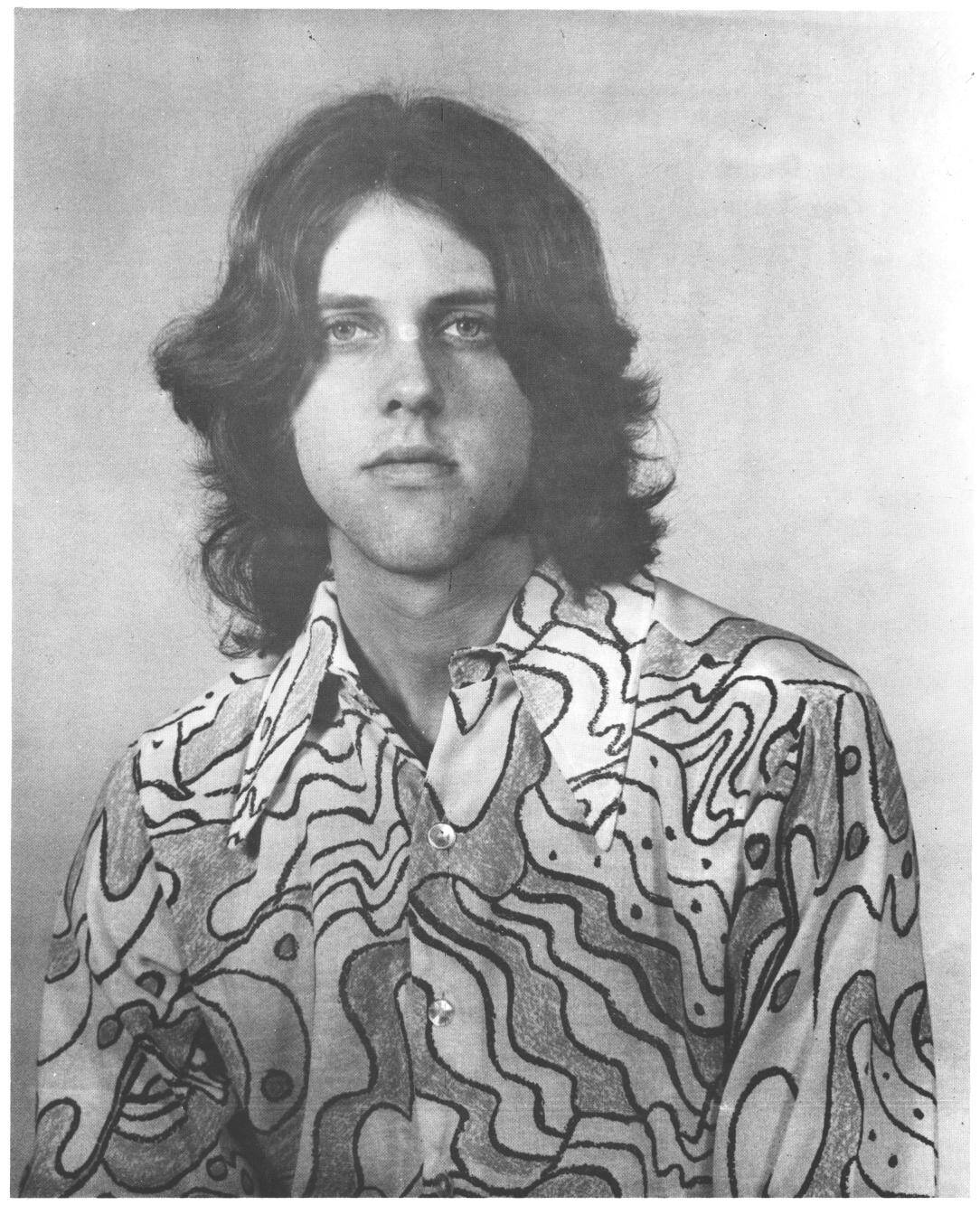
Randy kraft - The Scorecard Killer
The Life Of Randolph Kraft — Son, Serial Killer
Randy Kraft is a serial killer. He killed between 16- 67 people over a 12 year period from September 20th 1971 to May 13th 1983.
He also known as The Freeway Killer, Southern California Strangler or The Scorecard Killer.
The vast majority of his crimes were committed in California., however a few were killed in Oregon and Michigan.

The Facts: Time Line
Find out more about the crimes that Randy Kraft committed as well as other key points in his life.
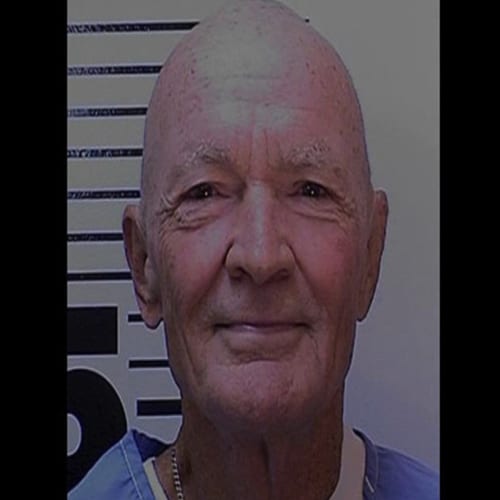
Capture and Sentence
Find out more about how Randy Kraft was finally captured as well as the sentence he received.
The Killer
Randy Kraft was born in March 1945 just before the end of World War 2.
While his childhood was normal, he went onto become one of America’s biggest serial killers.
His crimes span more than a decade, it wasn’t till his capture that the true extend of his crimes came to life.
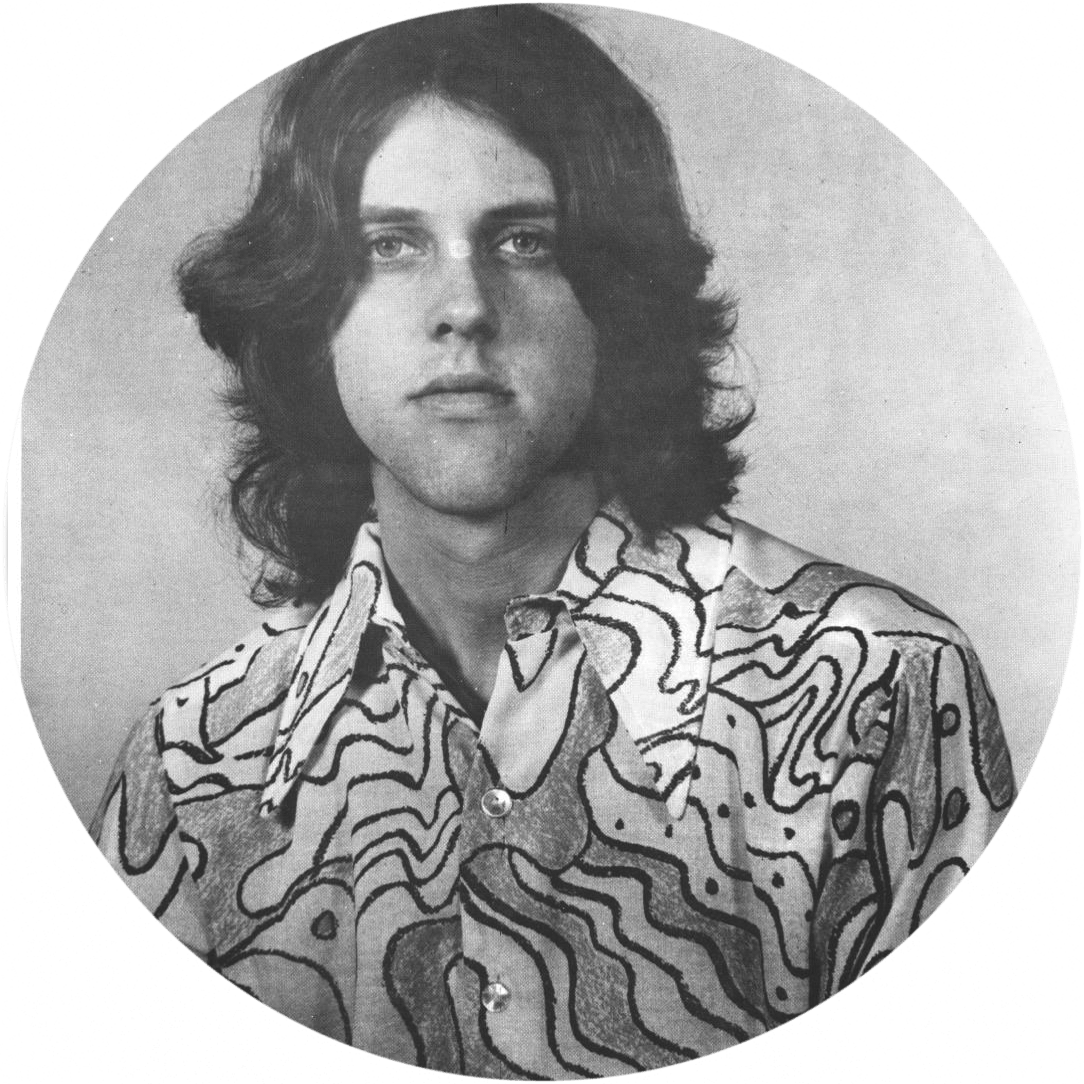
Early Years
Born in 1945 in Long Beach California. Grew up in Orange country before heading to Claremont Men College before he joined the Air Force before being medically discharged.

Crimes
First known sex attacked was in 1970 with his final crime in May 1983. While 16 victims are known, it is believed there could be up to 67 victims in total. The exact total is not known and he has never admitted to how many he actually attacked.
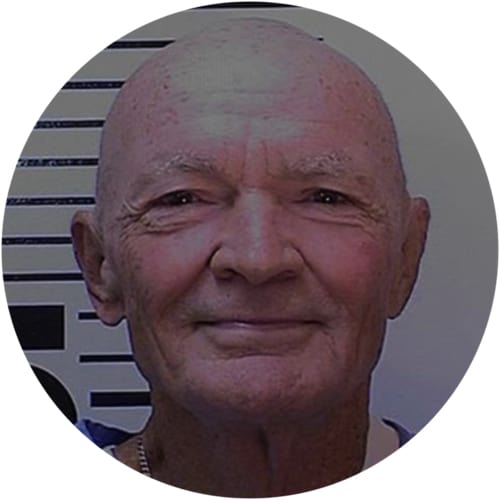
Capture
May 14th 1983. Pulled over by two Highway Patrol officers for driving erratically on Interstate 5. Patrol offices went to speak with the passenger in Krafts car only to find him dead.
A routine stop of what offices thought was a drunk driver led to the capture of one of Americans biggest serial killers.
The Horrific Crimes of Serial Killer Randy Kraft: A Look into the Life and Mind of a Monster
Introduction
The crimes of Randolph Kraft include the raping, torturing, and killing of 16 young males in a span of 11 years from 1972. They happened in the state of California, Oregon, and Michigan. On top of these, he might have been responsible for 40 other murders, according to a mysterious list that is called Kraft’s Scorecard. What might have pushed a man to commit such heinous crimes? Perhaps a look at the life of Randolph Kraft might shed some light on how he ended up becoming the infamous Scorecard Killer, otherwise known as Southern California Strangler.
Infancy
Kraft was born on the 19th of March in 1945 to parents Harold and Opal Kraft. Being the only male and the youngest of his siblings, he received plenty of attention from his sisters and mother. That said, his father did not show the same level of affection towards him. He favored his daughters and wife during his leisure time instead.
He had a pretty average life as an infant, except for a few accidents that were quite severe, to say the least. At just the age of one, he broke his collarbone after falling from a couch. Then when he was two, he fell down a flight of stairs and got knocked out. Upon getting professional advice at the hospital, they deemed that there was no irreversible damage.
A year after that, his family moved from Long Beach to Orange County, California. With both parents working to make ends meet, the Krafts were able to buy and build a three-room home on a site that was once the dormitory for the Women’s Army Corps. Their humble abode was situated near the Pacific Ocean in a retail area.
Subscribe to MurderTown Email
Are you interested in Serial Killers, join our mailing lists for the latest releases, crime updates and much much more.
By submitting your email address, you are agreeing to receive marketing emails from RandyKraft.com.
We’ll never share your email address and you can unsubscribe at any time.
Childhood and Teenage years
Kraft entered a local elementary school when he was five. His mother played a big role in his early education by being a part of the parents-teachers association. She baked cookies for the Cub Scout gatherings, was an active member of a church and worked a job on top of all of that. She also ensured that all her children were devoted to religion.
Kraft was known to be an outstanding student in school. With his grades that were above average, he was promoted to a more challenging course in junior high. He managed to maintain his good grades and even developed a passion for conservative politics.
By the time Kraft got into high school, his sisters had all gotten married and left home. His parents were both busy with their jobs and often left Kraft alone at home. Thus, Kraft ended up being an independent teenager who had the house, car, and earnings from his temporary jobs all to himself.
Not only was he academically good, but he was also socially apt. He was a joyful child who played well with his friends. He could play the saxophone, tennis, and was even the organizer of a conservative politics club. He was essentially an all-rounder. At 18 years old, he graduated high school in the top 2.5% percentile.
Young Adult — Kraft’s college life
Right before Kraft graduated from high school, he started visiting gay bars without his parents’ knowledge. Since he did so well, he got a full scholarship for the economics course at an all-male college. He continued to pursue his interest in conservative politics and occasionally participated in pro-Vietnam war demonstrations. He eventually enrolled in the Reserve Officers Training Corps and was a loyal supporter of Barry Goldwater, the Republican candidate for president in 1964.
After two years in college, he made a surprising switch to supporting the left-wing liberal. He later explained that he was only a conservative fan to please his parents. He also publicly had a relationship with another male during that time, although his parents were still unaware of his homosexuality. On multiple occasions, Kraft even brought peers who were homosexual home to hint at his parents, who failed to get the clue about his orientation.
At this point, his life began to take a turn for the worse. While he worked part-time at a well-known gay bar at Garden Grove, he started developing greater sexual urges. He would go about Huntington Beach looking for male prostitutes. In 1963, he made sexual advances towards a male policeman who was in disguise, causing him to get arrested. However, Kraft was released on the account that this was his first offense.
Where it all changed
Four years after his first arrest, Kraft had a change in style. He began growing out his mustache and hair. He also identified as a democrat and contributed to Robert Kennedy’s campaign. He also had frequent aches in his stomach and head which led to a prescription of pain killers and tranquilizers. He often downed the medicine with beer. The consequence of his sexual flourishment, drinking habits, and drug usage was the negligence of academics. It took an extra eight months before he finally graduated from college because all he did in his supposed last year was work, drugs, and gambling.
After graduating and passing the AIr Force aptitude check with flying colors, Kraft managed to join the U.S. Air Force. Before he knew it, he had risen the ranks to become part of the First Class. At the peak of his career, he made the decision to come out of the closet to his family. Naturally, his traditional father got extremely upset. His mother also found it difficult to understand but still showed him affection regardless. Although the Kraft family eventually accepted his new status, their relationship with their youngest had changed forever.
Then in 1969, he got released from the Air Force for medical reasons, although he later said that he was released because he had come out to the higher-ranking officers. Thereafter, he moved back home, returned to his part-time job at the bar, and also got hired as a forklift operator.
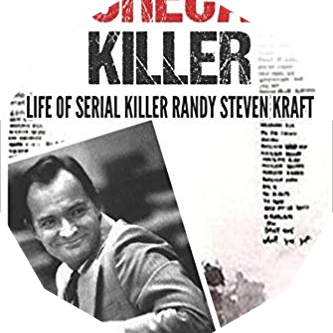
Subsequent partners
After two years, Kraft decided to study at Long Beach State University for a teaching license. That was where he met and moved in with Jeff Graves for the next four years. Their relationship was sexually driven and it came with no surprise that they eventually split due to varying goals for their relationship. In 1976, he met Jeff Seeling, a 19-year-old baker. Because he was 10 years older, Kraft led the relationship and influenced Seeling to perform more reckless sexual behavior. After succeeding at their jobs, they moved in together.
However, this pair was once again not build to last. Kraft had frequent business trips away from home which coupled with the huge gap between their age and academic background, took a toll on the six-year-old couple.
The beginning of the end
The discovery of Kraft’s crimes on the 14th of May, 1983, seemed like it came right out of an action movie. After getting pulled over for drunk driving by some patrolling cops, Kraft emerged from his vehicle with his pants unzipped and looking intoxicated. The patrol cops approached his vehicle and found a man lying in the front seat with his private part exposed, wrists tied together, and signs of suffocation around the neck. The man was found to be dead.
This man was Terry Gambrel, a 25-year-old marine who was last seen by friends who said that he was hitching a ride to a party. Upon performing an autopsy on the corpse, the cause of death was deemed to be strangulation by some sort of binding tool. The examination also revealed soaring levels of blood alcohol and sedative.
Diving deeper — Proof of other crimes & the infamous “Scorecard”
Naturally, his car got searched and more of his crimes were revealed.
Firstly, the cops found nearly 50 polaroid pictures, all of which were of naked young males who seemed unconscious, or even dead. These were speculated to be the memorabilia that Kraft had collected from each of his murders as a prize.
Secondly, the cops found a mysterious list with some 61 messages inside a baggage at the back of his car, theorized to be a list of victims who succumbed to Kraft’s crimes. This list of messages, later known as the “scorecard”, ended up giving Kraft his title as the “Scorecard Killer”.
Thirdly, a host of additional evidence surfaced after searching his apartment. Articles of clothing that belonged to the victims were found in his home. The fiber of the rug in his apartment also matched those discovered at the crime scenes. That’s not all. A couple of other evidence linked Kraft to various separate murders that had gone cold. For instance, his fingerprints were found to be tied with a few other murder cases that were previously unsolved. Pictures by the side of his bed also matched the identity of victims from three unsolved cases.
The victims of Kraft’s heinous crimes
Kraft only targetted White males who shared a similar appearance.
The sexual orientation of his victims varied but they all suffered great pain before their deaths.
Kraft tortured all of his victims, some worse than others.
While a majority were tied with some form of ligature and given sedatives, others were disfigured, buggered, and photographed by Kraft after they had died.
With the number of murders implicated with Kraft, it was clear that he had been committing these murders since his dating phase with his partners.
Further investigation revealed that the status of his relationship at a certain point in time determined the seriousness of violence towards his victims. This means that when Kraft and his partner were going through a rough patch, his victims at that time would have endured a more painful death.
Even with all that evidence, there were still more potential victims that authorities could add to Kraft’s list. For instance, authorities noticed that some murder cases in Oregon and Michigan happened around the same time that Kraft visited those areas for his business trips. The deciphering of the scorecard messages also lengthens Kraft’s victim list.
Potential partners in crime
A lot of Kraft’s victims was pushed out of a car traveling at a high speed, something difficult for Kraft to have accomplished alone. This led investigators on the case to deduce that Kraft could not have acted alone.
The main suspect for his partner in crime is none other than his ex-flame, Jeff Graves. Not only was he in a relationship with Kraft during the time that 16 of the murders occurred, but he was also implicated in the case of Crotwell and Kent, two of Kraft’s victims. One night in 1975, Crotwell and Kent had gone on a car ride with Kraft. Kraft had given them alcohol and drugs, causing Kent to lose consciousness at the backseat. Thereafter, Kent was pushed out of the car while Crotwell had seemingly disappeared from the face of the earth. Graves was implicated in this case because he was Kraft’s alibi on that fateful night of 1975. The following was what they told the authorities when Kraft was arrested after witnesses saw Kent being thrown out of the vehicle. Crotwell and Kraft had gone for a drive but their car later got trapped in some mud. Kraft then called Graves for help but eventually walked to get help themselves because Graves was too far away. Later when Kraft and returned to the vehicle, Crotwell had already gone missing.
Fast forward to Kraft facing charges of multiple accounts of murder, Graves had contracted AIDS and was fighting for his life. Even on his death bed, he refused to pay for his crimes. Police ended up not getting any damming information out of Graves.
You can’t escape the long arm of the law
A lot of Kraft’s victims was pushed out of a car traveling at a high speed, something difficult for Kraft to have accomplished alone. This led investigators on the case to deduce that Kraft could not have acted alone.
The main suspect for his partner in crime is none other than his ex-flame, Jeff Graves. Not only was he in a relationship with Kraft during the time that 16 of the murders occurred, but he was also implicated in the case of Crotwell and Kent, two of Kraft’s victims. One night in 1975, Crotwell and Kent had gone on a car ride with Kraft. Kraft had given them alcohol and drugs, causing Kent to lose consciousness at the backseat. Thereafter, Kent was pushed out of the car while Crotwell had seemingly disappeared from the face of the earth. Graves was implicated in this case because he was Kraft’s alibi on that fateful night of 1975. The following was what they told the authorities when Kraft was arrested after witnesses saw Kent being thrown out of the vehicle. Crotwell and Kraft had gone for a drive but their car later got trapped in some mud. Kraft then called Graves for help but eventually walked to get help themselves because Graves was too far away. Later when Kraft and returned to the vehicle, Crotwell had already gone missing.
Fast forward to Kraft facing charges of multiple accounts of murder, Graves had contracted AIDS and was fighting for his life. Even on his death bed, he refused to pay for his crimes. Police ended up not getting any damming information out of Graves.
You can’t escape the long arm of the law
In late September of 1988, police had gathered enough evidence to charge him in court for 12 counts of sexual crimes on top of 16 murders. Finally, in early October, he was found guilty and given the death penalty. Kraft was put to death in 2000, along with all his crimes.
Was it his father’s negligence that led Kraft to a life of crime? Or perhaps his exposure to abetters that led him astray? Whatever the reason, Kraft had answered for his crimes like many others.
You simply can’t escape the long arm of the law.

Books - Angles of Darkness
While there has been many book's written about Randy Kraft, this is one of the more detailed.

Books - The Scorecard Killer
Released in 2015 this is book goes into great detail on one of America's most heinous serial killers.

Documentaries
First released in 2014 this is part of a series looking at Serial Killers. Season 2 Episode 6 of Killers: Behind the Myth takes a close look at Randy Kraft.
In the Media
While we have covered quite a lot of the crimes he went into all the details,. there have been some incredible books and documentaries made which are a must read if you want to find out more about him or his crimes.
Murder Town
Are you interested in Serial Killers, join our mailing lists for the latest releases, crime updates and much much more.
By submitting your email address, you are agreeing to receive marketing emails from Murder-town.com.
We’ll never share your email address and you can unsubscribe at any time.
Randy Kraft was a convicted serial killer who was found guilty of murdering 16 young men in California in the 1980s. He was sentenced to death in 1989, but his sentence was later reduced to life in prison. So Randy Kraft was never executed by the state.
Randy Kraft is [calculate_years datestring="03/19/1945"] years old. He was born on the March 19th 1945.
Randy Kraft was found guilty [calculate_years datestring="05/12/1989"] years ago. But was arrested in the early hours of May 14 1983 so has been in prison [calculate_years datestring="05/14/1983"].
Randy Kraft was known to have driven a dark-colored 1965 Ford Mustang, which was found to have evidence linking it to several of the murders he was convicted of. The car was equipped with a small refrigerator, which Kraft used to store drugs and alcohol that he used to incapacitate his victims. It is believed that Kraft used his car to transport his victims' bodies after he killed them. The car was seized by authorities as evidence and was later sold at auction.
After having his sentence change from the death penalty to live in prison, Randy Kraft is still alive.
Like with many serial killers he was arrested for another crime.
He was pulled over late one night whilst driving under the influence and when the police when to check on his passenger they realised he was dead.
Randy Kraft is currently serving time in San Quentin State Prison.
Nope, even to this date after all his trials and appeals he maintaince his innocence on both the crimes he has been found guilty of and suspected off.
Even the victim which was found in his car he denies.
The evidence suggests there was at least one accomplice in some of the crimes.
Whether that be physical DNA evidence or circumstantial evidence, it is widely believed there was at least one accomplice.
As Randy Kraft has never confessed to any of the crimes, therefore not revealing a partner in crime or has anyone else been charged?
Yes, in fact, there have been several across the county over the years.
William Bonin actually killed similar victims to Kraft at the same time in the same area leading to some confusion – which is very rare, two serial killers, killing the same type of victims (Bonin were slightly younger) in the same area at the same time.
Patrick Kearney was also another “Freeway Killer” he killed his victims in 1977 but unlike Kraft or Bonin he shot his victims.
More interesting posts:
The Most Notorious Serial Killers in US History
When it comes to the topic of serial killers, the mind automatically recoils in terror as we think of their horrifyingly gruesome acts. But as
Uncovering the Dark History of Serial Killers: A Timeline
The topic of killer serial has always been one of uneasiness and fear. With their heinous and brutal acts, they have left an unmistakable mark

